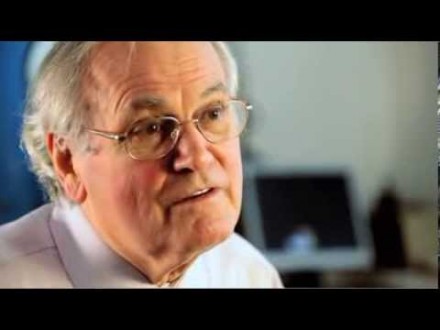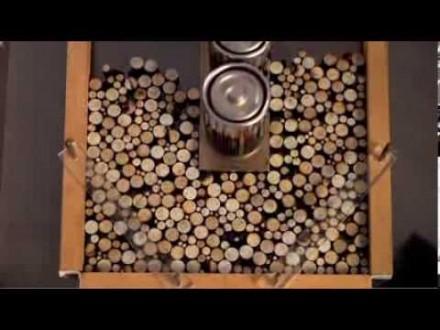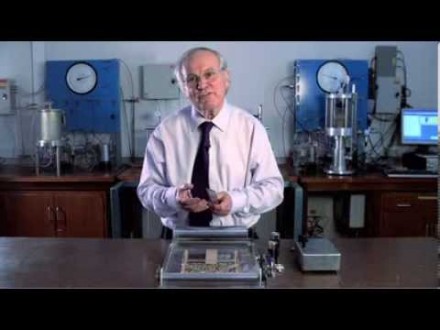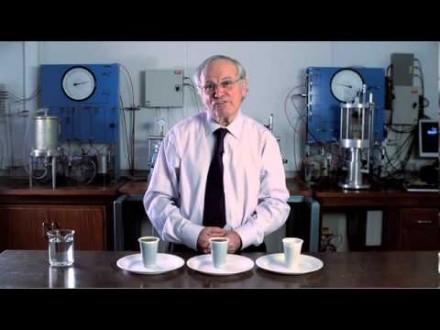In the second video in the Bare Essentials of Soil Mechanics series, Professor John Burland describes how soils are made up of individual particles – this fact is fundamental to the understanding of soil behaviour. He demonstrates how all soils, be they gravel, sand or silt are made up of individual particles. Even clay, which is stiff to handle, can be dried to form a powder and when put under an electron microscope, can be seen to be made of particles. Using a simple demonstration, Professor Burland shows how a soil’s ability to resist loads is generated by shearing resistance at the particle contacts.
Learning outcomes
This video will help learners answer questions such as:
- What are soils are made of?
- Is clay made of particles?
- How do soils get their strength?
- How do soils resist load?
About the Bare Essentials of Soil Mechanics series
This video is part of the Bare Essentials of Soil Mechanics series, funded by the Ove Arup Foundation, in which Professor John Burland draws on his many years of practice in geotechnical engineering and teaching to provide listeners with what he regards to be the key knowledge that geotechnical engineers need to understand about soil mechanics in engineering practice.
Professor Burland is based at Imperial College London and has worked on hundreds of interesting projects, the most famous of which was stabilising the Leaning Tower of Pisa.
Credits
- Written and presented by: Prof John Burland, Imperial College, London
- Concept design: Think Up
- Graphic design: Thomas Matthews
- Direction/Production: Aeries Films
- Image credits: coming soon

Bare Essentials – Introduction to Geotechnical Engineering by Think Up is licensed under a Creative Commons Attribution 3.0 Unported License.
Permissions beyond the scope of this license may be available at info@thinkup.org




